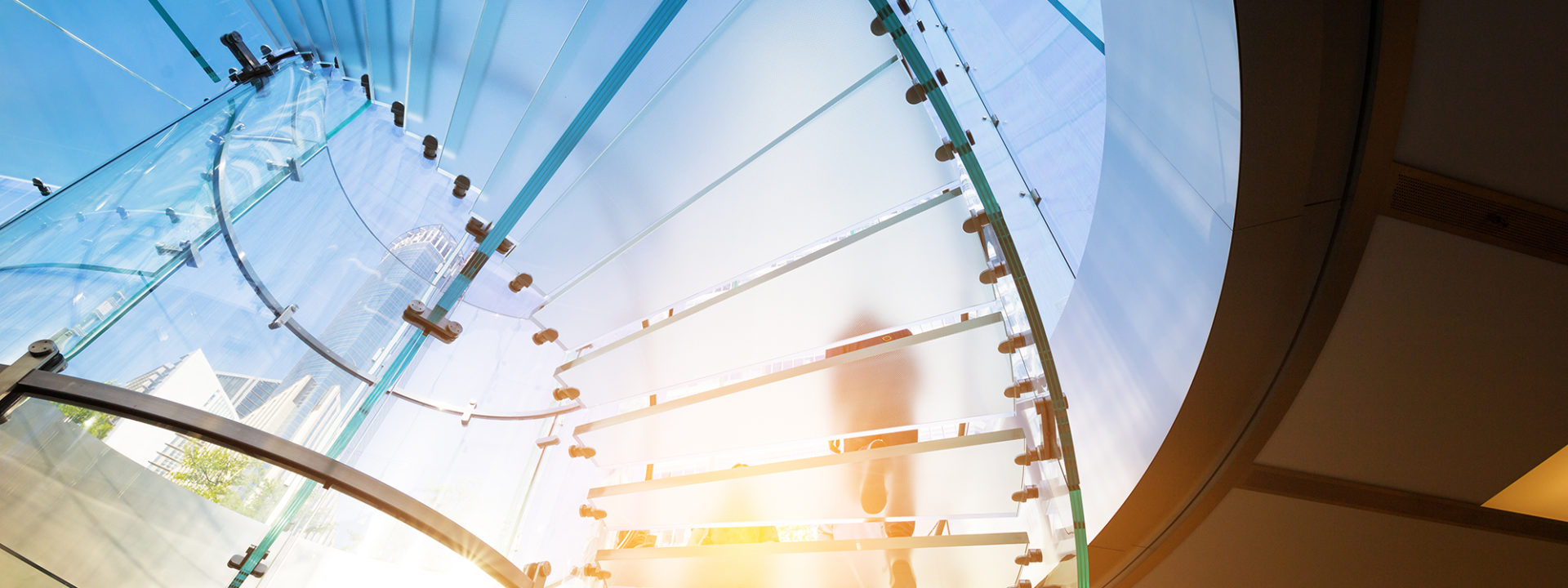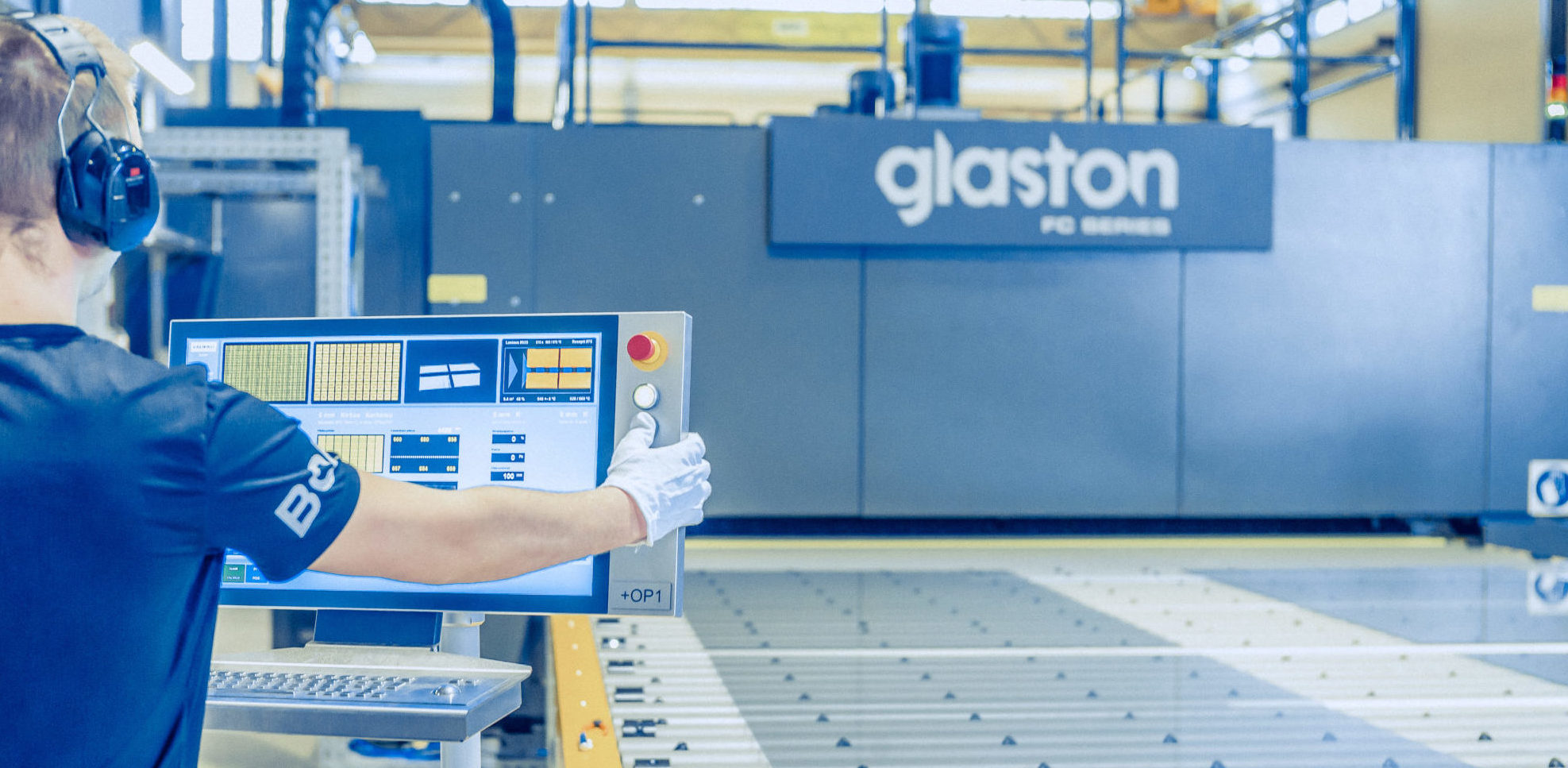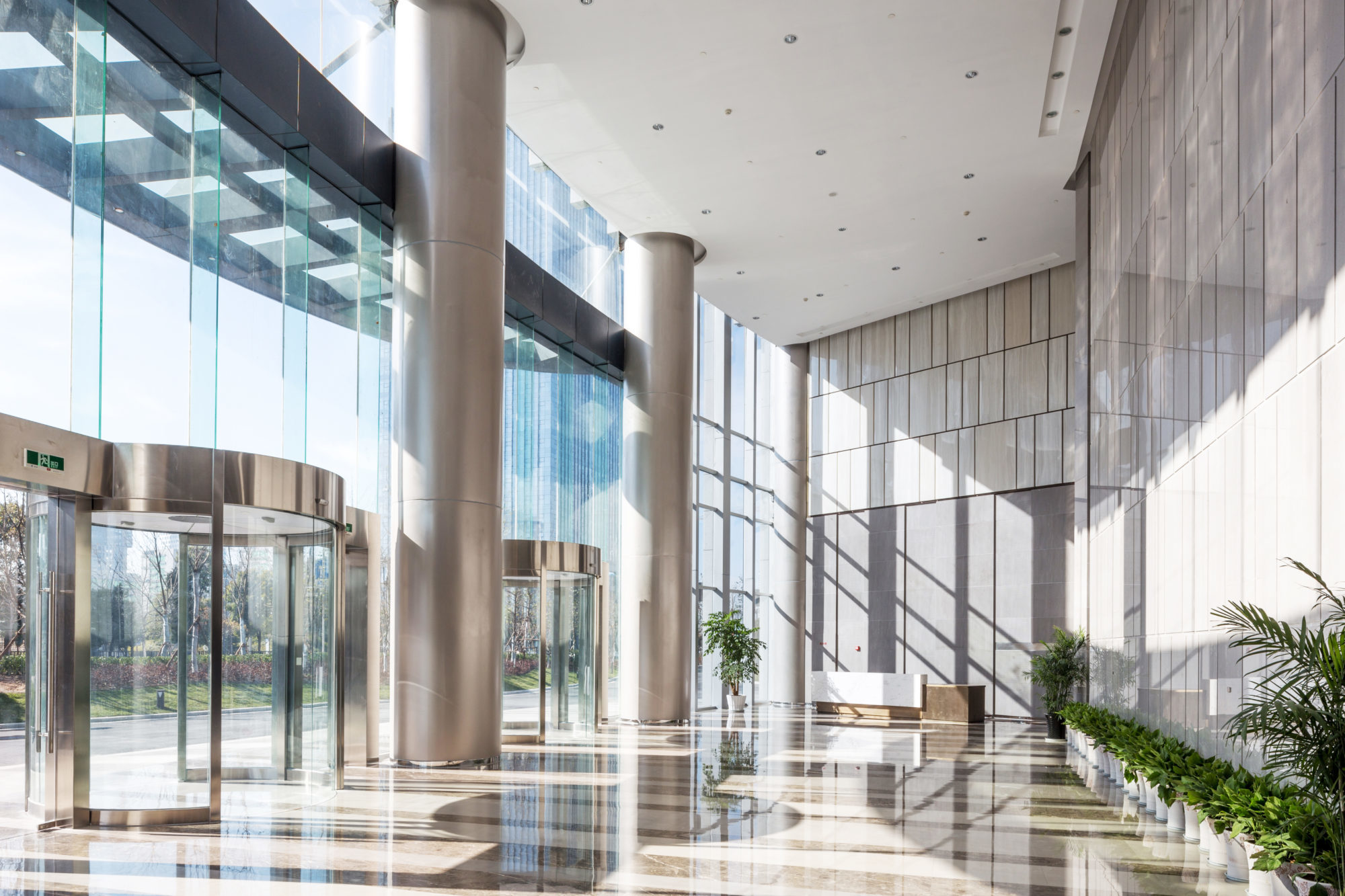
Energy efficiency plays two parts in the story of tempered flat glass: the production portion and the installed phase. Glass production is an energy-intensive process by its nature, so even small reductions there can result in considerable savings in energy and costs. And the energy costs of heating and cooling city buildings are astronomical.
First, let us consider efficiency in the production of flat tempered glass. How we look at energy consumption is not only about green values, the environment and government subsidies. It’s also about decreasing operating costs and time of manufacture.
In a glass tempering line, the furnace section accounts for the largest share of the total line energy consumption. The majority of energy goes to heating the glass. And the most direct energy savings can be found in reducing heat losses during that process.
Recent innovations in glass processing have created a world of new environmentally friendly options for green experts. A modern tempering line actually reduces heating losses from compressed air systems, convection generation, time wastage and furnace walls. It also helps cut down on energy output in quenching and cooling, thanks to improved loading efficiency and furnace capacity.
The speed of the line also plays a role in the energy expended per piece of glass produced. Waiting time is wasted energy.
Another critical part of optimizing flat glass tempering lines for energy reduction is to make sure that operators have been trained in efficient power use. They should be familiar with the metric of optimal energy consumption, so they can judge their own effectiveness. Today there are also tools to measure energy efficiency by each operator.

Although energy savings are hugely important for producers during manufacture, the amount of energy expended during production is very small compared to the total energy usage in buildings. Moreover, this further depends on the type of glass installation.
Globally, some 35% of the total energy costs of average commercial buildings are spent on heating, cooling and ventilation. And the energy consumption of the built sector continues to grow. The energy efficiency of these buildings, especially new ones, is critical to the reduction of our carbon load worldwide.
Green building materials, and glass in particular have an important part to play in the reduction of energy requirements for modern commercial buildings. One term in use these days for glass design in buildings is daylighting. Well-diffused outdoor light has been found to be more healthful and obviously less expensive than indoor lighting. Dynamic glass can also provide shading. These same glass features can reduce heating and cooling costs dramatically.

Just a few years ago, a fully transparent solar concentrator was first created to turn any sheet of glass into a solar cell. Transparency was achieved by shrinking the components. And shrinking means the way they absorb light has changed.
After the cell is altered, it harvests only the parts of the solar spectrum we can’t see with our eyes. So it captures just the ultraviolet and infrared light, and the rest of the spectrum is free to pass through. This allows the panels to be transparent to the eye.
This game-changing revolution in the nature of installed tempered glass has the possibility of turning commercial buildings from energy consumers into net energy producers. Currently, a number of companies are working on making the technology available at an affordable cost. So this is no pipe dream – it is happening now.
Today, many glass application development projects concentrate on bringing intelligence into the glass pane. This doesn’t only apply to transparent solar cells but to all kinds of smart-glazing applications. The future of energy efficiency belongs to glass.
Für den Glastory-Newsletter anmelden
Wir beantworten Ihre Fragen zur Glasverarbeitung. Teilen Sie uns Ihre Herausforderungen mit und wir versprechen, unser Bestes zu tun, um Ihnen zu helfen.
Comments are closed.